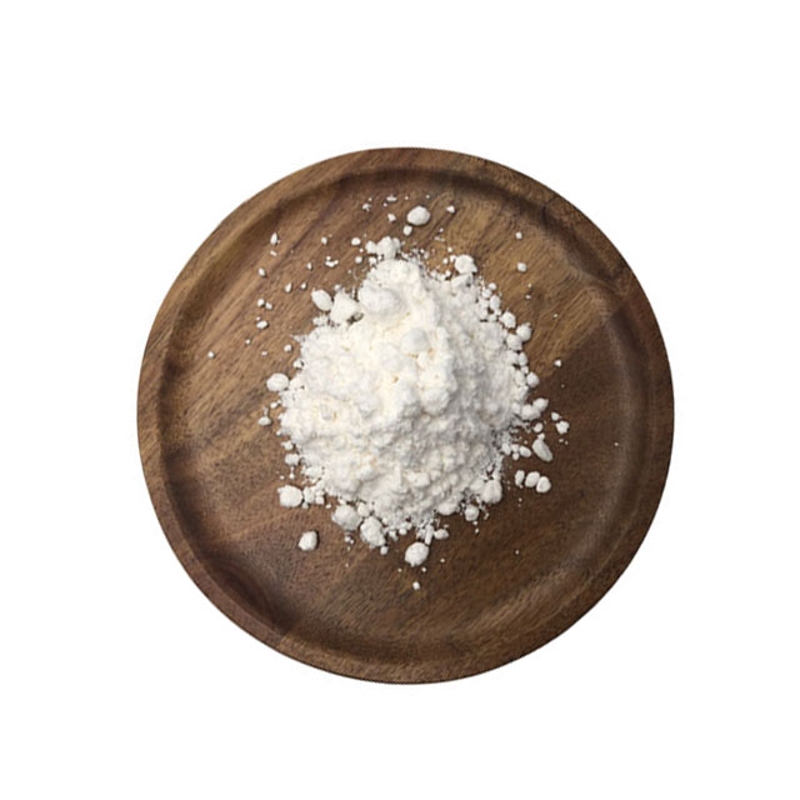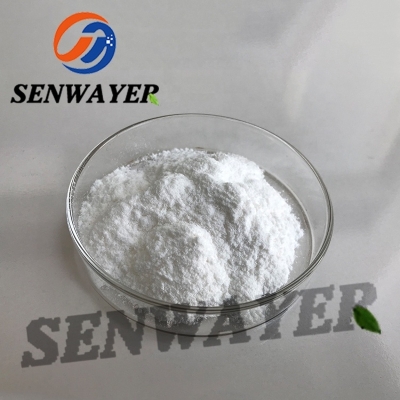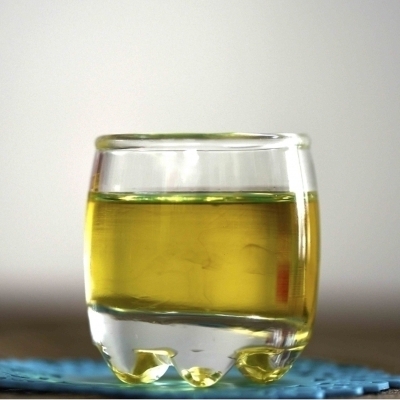-
Categories
-
Pharmaceutical Intermediates
-
Active Pharmaceutical Ingredients
-
Food Additives
- Industrial Coatings
- Agrochemicals
- Dyes and Pigments
- Surfactant
- Flavors and Fragrances
- Chemical Reagents
- Catalyst and Auxiliary
- Natural Products
- Inorganic Chemistry
-
Organic Chemistry
-
Biochemical Engineering
- Analytical Chemistry
- Cosmetic Ingredient
-
Pharmaceutical Intermediates
Promotion
ECHEMI Mall
Wholesale
Weekly Price
Exhibition
News
-
Trade Service
Whether it's extracting animal gelatin from cow's hoofs or separating soy protein from soybean meal, there's a long history of extracting nutrients from waste from food production and processing or from the lower foot.Baby carrots
(baby carrot products) are a powerful testament to the potential of food processing by-products. Back
1990
, Bakersfield, California,
,
,
Calif.
)
Grimmway
farms began cutting thin, deformed carrots into
Baby carrots
, but in the process, the waste produced was almost as good as the final product. The use of food processing waste to feed livestock is the first choice for waste disposal, but with the tireless efforts of the company's process technicians, a route has been successfully designed that will allow carrot waste generated during processing to be prepared into carrot concentrates.market for carrot juice concentrates is not in the United States, but mainly in Japan, where consumers highly recognize the nutritional value of concentrated carrot juice. Australian suppliers have also offered concentrated carrot juice products to Japan, but their business model runs counter to the new challenge of minimizing raw material costs. So in the short term, there is only one supplier of concentrated carrot juice on the market, and it comes from North America.Generally speaking, food processing by-products rarely have an impact on existing markets, but the example of
baby carrot
is a good illustration of how the hidden value of food processing foot feed can be realized through the integrated use of by-products. At some times, the discovery of the nutritional value of food processing by-products is accidental, while in other cases, consumer demand drives the exploration of the nutritional value of food processing by-products. For the latter, the most typical example is the combined use of whey cheese.
Cabot Cream, based in Middleburg, Vermont, has enriched the cheese production process with a vacuum filtration and concentration technology, and the thermally stable whey protein is concentrated to
80%
, making it a high value-added product.centuries, cheese producers have tended to discharge whey as waste in the fastest and most concise way after coagulation collection, even though the milk protein content in whey is almost equivalent to that of curd. With the further improvement of environmental regulations, sewer waste discharge and environmental requirements of land treatment plants restrict the discharge of cheese waste, resulting in a reduction in cheese processing enterprises. Transporting cheese processing by-products with water content of up to
93%
to waste disposal sites is not only an increase in additional costs, but can even lead to the collapse of cheese processing enterprises if the processing by-products of cheese processing sites are located hundreds of kilometres away.
was one of the first companies to explore the potential value of whey, a by-product of cheese processing. At the beginning of this century, Cabot Creamery established a very advanced whey treatment system near its Ceda cheese processing plant in Middleburg, with an investment of US$
21 million
, effectively relieving the transport pressure of up to
1
.3 million pounds of whey waste per day. In addition, the lactoferrin
in whey is isolated and collected by chromatography to prepare high-purity lactoferrin.After the lactoxin is isolated and purified, the whey treatment system continues to concentrate the whey protein, resulting in a whey protein concentrate (
WPC80
) with a solid content of
80%
, and the drying process also concentrates the passing sugars and minerals, removing only excess water and partially removing water that can be reused.production of
WPC80
is now about
50 billion pounds per year, which is half as high as it was in
2002 and is now nearing saturation
. The vast majority of whey protein raw materials are trucked from
McCadam cheese
's origin
-
,
Fort
, Vermont.
cream company in New York City and The New York-based
Chateaugay, N.Y.
) and other places to transport. Other whey
,
million pounds, are dried and crystallization through liquid.the success of Cabot Cream
in whey by-product processing further highlights the importance of adopting agile and flexible by-product handling. Chromatosis separation rich lactoferrin
is a very expensive intermittent batch process, there are very few related enterprises to use this process, Cabot Cream company also no longer use this separation rich process, in part because the current market demand for whey separation protein is not the same as before.similar to whey-isolated proteins, and some daily necessities on the market are highly volatile in price. That's why Cabot Creamery, as a company closely related to agriculture, focuses on specialty products, such as the thermally stable
A
-class
WPC80
, which provide different ideas for its applications through continuous exploration, such as adding them to flour to maintain a certain humidity.Better membrane separation system Simple cheese production, its profit margin is relatively small, for many cheese processing enterprises, cheese processing by-product whey recycling can bring more profits to the enterprise Cabot Cream company
through evaporation, crystallization, membrane filtration and
containing
2
feet of multi-stage drying system integration, groping out the best set of milk treatment process.
Karen Smith
, a dairy processing engineer at the University of Wisconsin Dairy Research Center in Madison, Wisconsin, sees Cabot Cream's cream treatment process as more advanced than the current one. compared to the existing whey treatment process, Cabot Creamery designed this whey treatment process, whether advanced or not, there is a lot of room for improvement, especially in the field of membrane separation.
Karen Smith
that all membranes are manufactured differently and have different performance. With the continuous encouragement of researchers and the continuous improvement of membrane separation filtration equipment suppliers, it is now possible to process whey products with different standards of whey protein through membrane separation technology, such as
WPC
of thermal stability and low-fat concentrate products. , consumer demand for ni-ki products, such as non-allergen whey protein products derived from sheep and goat's cheese or organic certified whey, is growing. Separating casein from milk was once considered impossible, but as technical barriers have been overcome, casein separation has become simple and common. close collaboration between suppliers and businesses has led to new solutions to many technical challenges. "However, commercial production of a product will not occur unless or until there is a market for it." No more apt example is the separation of purified
β-
casein from whey, which was proposed a decade ago by
Karen Smith
and colleagues
John Lucey
and
James O'Mahony
, which has been used in upstream processes to prepare cheese from low-fat milk. Last year,
Karen Smith
and other related
researchers were granted technical patents for separating purified
β-
casein from whey, and engineers have applied it to laboratory and pilot levels and validated it, but the process is in trouble in actual production and application. Although there have been no reports of commercial applications of
β-
casein, it is well known that
β-
casein is a potential emulsifying stabilizer in a range of food systems, and that milk that separates and removes
β-
casein is also suitable for people with indigestion, such as fresh milk. It is precisely because
β-
casein has not yet formed a fixed consumer market, so far, no companies have adopted the patented technology of
Karen Smith
et al. with the popularity of Greek yogurt, the comprehensive utilization of by-products produced during processing needs to be solved urgently. Greek yogurt is high in protein, so it means that only a small amount of protein remains in acidic whey by-products, which are named because lactose, through liquid and organic acid are the only substances in whey by-products, and separating them is also a technical challenge. as
Karen Smith
believes, the treatment of acidic whey is a challenge and the equipment is not well suited for the treatment of acidic whey. For nanfiltration membrane components, the separation of acidic whey may cause the nafiltration membrane aperture to contract, resulting in longer processing times and additional equipment. But in any case, acidic whey must be treated in a timely manner. to the difficult industrialization of acidic whey,
DuPont Nutrition and Health
, a large raw material supplier, may have a solution that draws on DuPont's proven membrane filtration technology. In the process of promoting yogurt research and development, a technical researcher added acidic whey by-products to juice and orange juice, and the products were popular with his colleagues. Acid whey by-products contain very little nutrients in themselves, but they give people a comfortable taste, not to mention better than disposing of it as waste. Sarah Medina
successfully prepared an egg white protein replacement from rapeseed oil separation protein in a pilot workshop at
Manitoba
. This alternative is mainly derived from rapeseed oil in the cold heat. the use of plant proteins in the process of separating and extracting proteins from the processing by-products of vegetable oil, membrane separation technology plays an important role.
Randy Willardsen
is senior vice president of engineering and technology at
Burcon Nutrascience Corp
, based in Vancouver, British Columbia, Canada, where he has mastered the techniques of membrane separation techniques and applied them to the separation extraction of rapeseed protein, soybean protein, and pea protein by constantly groping in the membrane separation purification of whey proteins.
Willardsen
has been working on equipment processes for 16
and currently has
59,
U.S. patents and up to
129,
international patents, in addition to
375,
patent applications.
Burcon Nutrascience Corp
used mechanical alternatives to acid extraction, followed by a beany smell rich in plant protein, according to
Randy Willardsen
. Before the application of ultrafiltration technology, these edible proteins were dissolved in cold salt water, causing the proteins to form hydrophobic beams and gather flocculation. Therefore, the extraction of vegetable oils can only be carried out at lower temperatures, and this limitation is not the main reason for restricting
Burcon Nutrascience Corp
's approval by
Archer Daniels Midland
. ADM
Group has integrated
Burcon Nutrascience Corp
's business related to the production, sale and marketing of soybean separation protein into its natural flavor and special ingredients business. (
in late
2014,
ADM
Group paid $
3
1 billion







